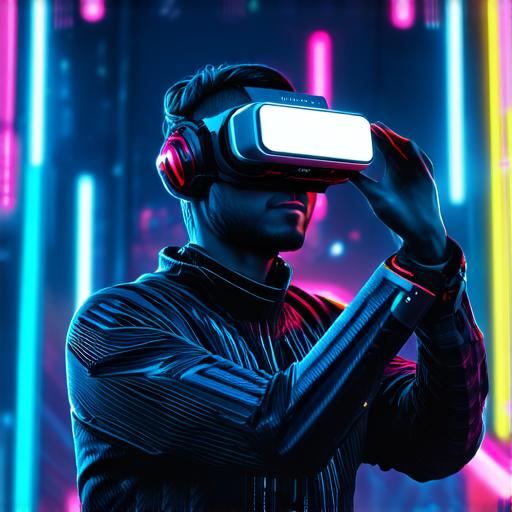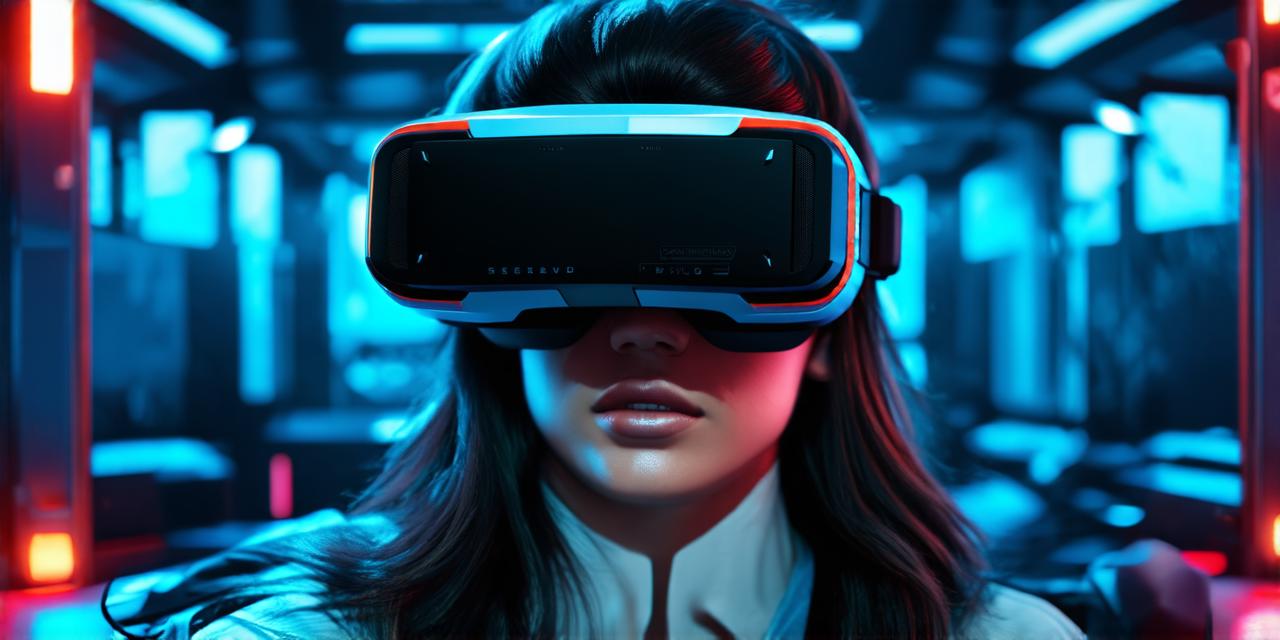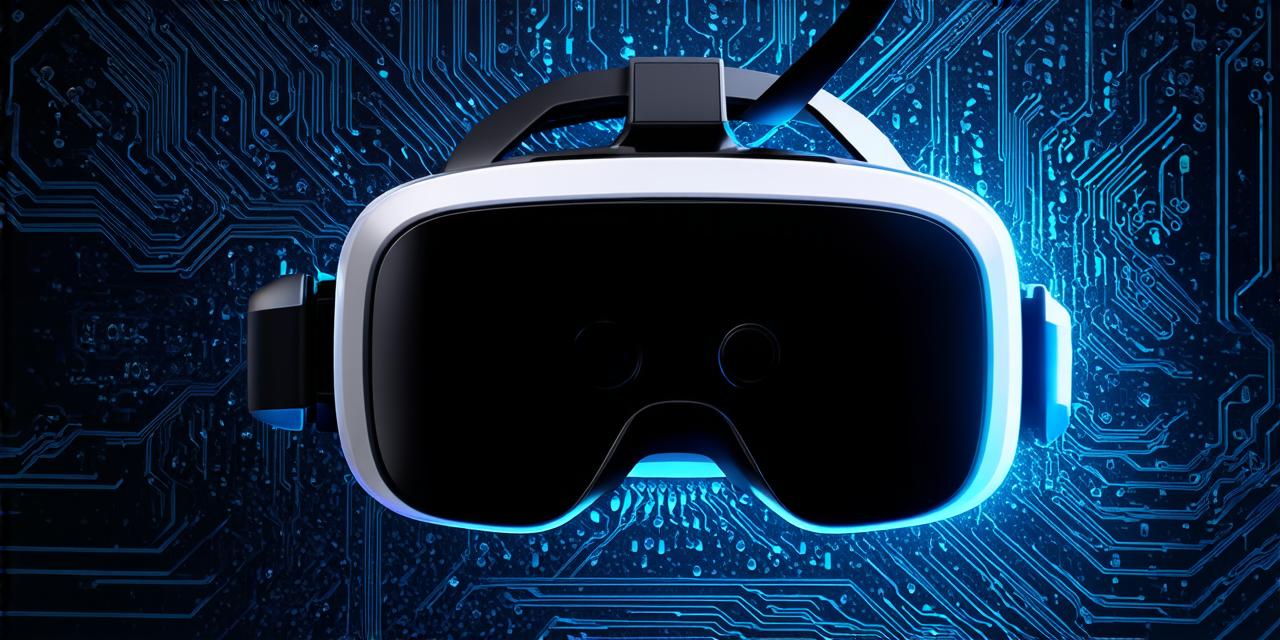Virtual reality (VR) has come a long way since its inception, but achieving fully immersive VR still seems like a distant goal. In this article, we will explore the current state of VR technology and discuss the challenges that lie ahead in achieving full immersion.

Current State of VR Technology
Today’s VR headsets, such as the Oculus Quest 2 and HTC Vive Pro Eye, offer impressive graphics and tracking capabilities, allowing users to experience virtual environments with a high degree of realism. However, there are still several limitations that prevent true immersion.
One of the biggest challenges in achieving full immersion is the disconnect between the user’s physical body and the virtual environment. While VR headsets can track the user’s movements, they cannot replicate the way their body interacts with the real world. For example, if a user reaches out to touch an object in the virtual world, their hand will not feel the texture or weight of that object.
Another challenge is the lack of haptic feedback, which would allow users to feel the sensations in the virtual environment. While there are some haptic gloves available on the market, they are still limited in their ability to replicate the full range of sensations that a user might experience in the real world.
Challenges Ahead
Despite these challenges, there is significant progress being made in VR technology. One area of research focuses on developing more advanced tracking systems that can better capture the user’s physical movements and incorporate them into the virtual environment. This could include using sensors to track a user’s body movements or incorporating eye-tracking technology to create more realistic interactions with virtual objects.
Another area of research is focused on improving haptic feedback technologies, such as developing gloves that can provide more realistic sensations and incorporating tactile displays into VR headsets to simulate the sensation of touch in virtual environments.
Summary
While achieving fully immersive VR still seems like a distant goal, there is significant progress being made in VR technology. As researchers continue to overcome the challenges associated with haptic feedback and tracking systems, we can expect to see even more impressive advancements in VR in the coming years. However, it may be several years before we achieve true immersion in virtual environments.



